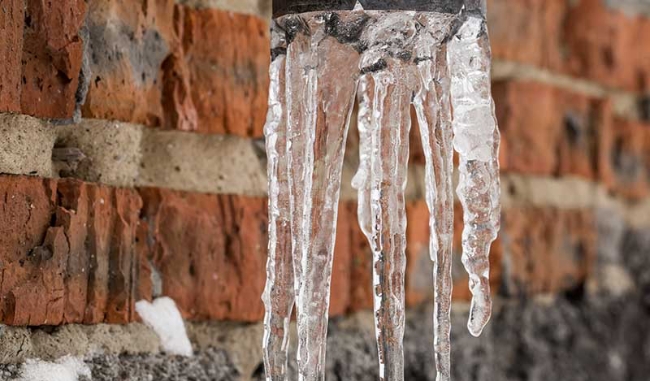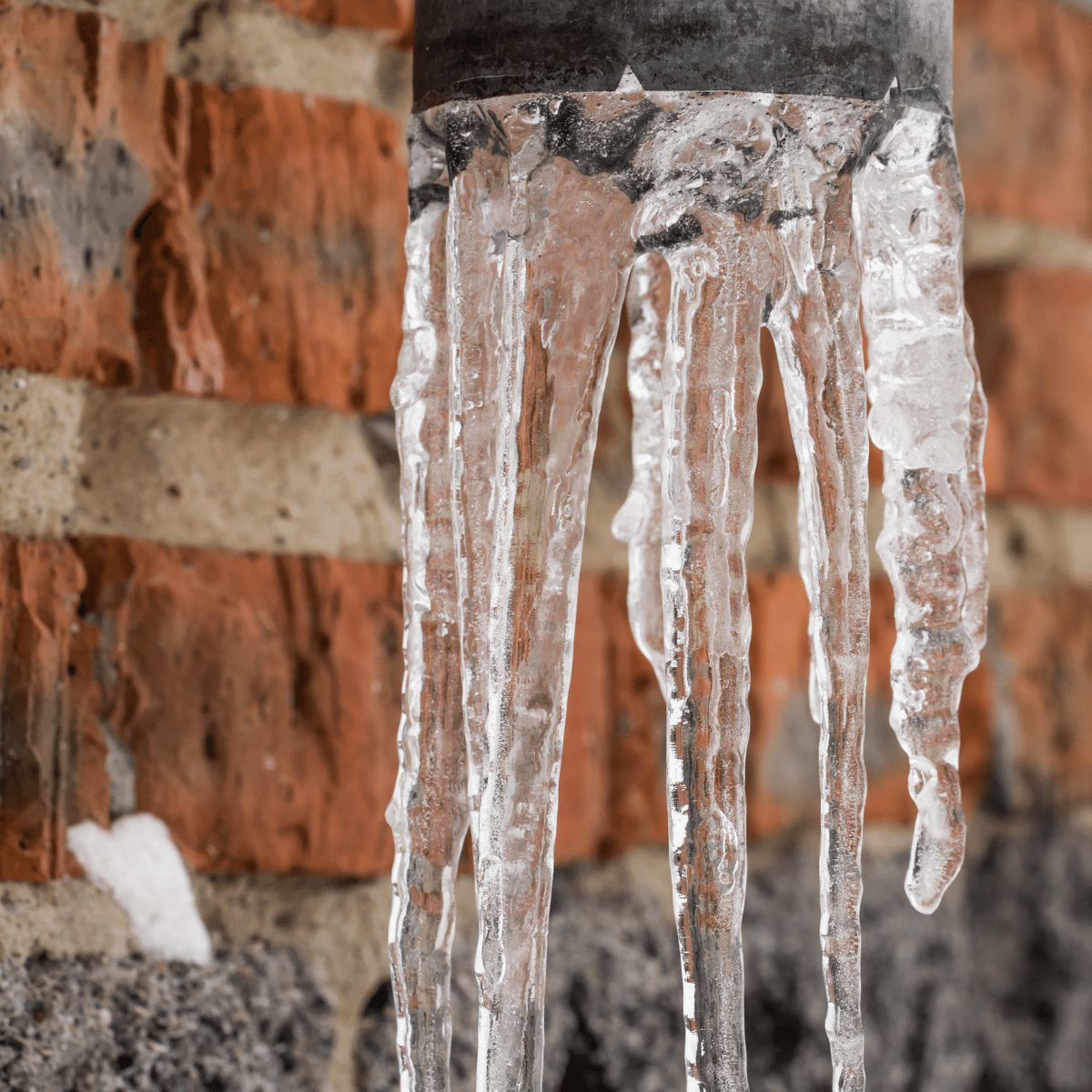Tips to Avoid Frozen Plumbing in Cold Weather: Expert Advice
Tips to Avoid Frozen Plumbing in Cold Weather: Expert Advice
Blog Article
Almost everyone is bound to have their own unique theory involving Preventing and dealing with frozen pipes.

Winter can ruin your plumbing, particularly by freezing pipes. Here's just how to stop it from occurring and what to do if it does.
Introduction
As temperatures drop, the threat of frozen pipes boosts, potentially leading to pricey repair services and water damages. Understanding exactly how to prevent icy pipes is crucial for house owners in chilly climates.
Prevention Tips
Insulating vulnerable pipes
Cover pipelines in insulation sleeves or utilize heat tape to shield them from freezing temperature levels. Focus on pipelines in unheated or outside areas of the home.
Home heating methods
Keep indoor spaces adequately warmed, especially locations with plumbing. Open closet doors to allow cozy air to circulate around pipelines under sinks.
How to determine icy pipes
Search for lowered water flow from faucets, uncommon smells or sounds from pipes, and visible frost on subjected pipelines.
Long-Term Solutions
Architectural adjustments
Think about rerouting pipelines far from outside wall surfaces or unheated locations. Include extra insulation to attics, basements, and crawl spaces.
Updating insulation
Buy top quality insulation for pipes, attics, and walls. Proper insulation aids keep regular temperature levels and minimizes the danger of frozen pipes.
Protecting Outdoor Plumbing
Garden pipes and outside faucets
Separate and drain garden hose pipes prior to wintertime. Install frost-proof spigots or cover outdoor taps with protected caps.
Comprehending Icy Pipes
What creates pipelines to freeze?
Pipelines ice up when exposed to temperature levels below 32 ° F (0 ° C) for expanded durations. As water inside the pipelines ices up, it expands, putting pressure on the pipe wall surfaces and potentially creating them to burst.
Dangers and problems
Frozen pipes can bring about supply of water disturbances, residential property damages, and expensive repair work. Ruptured pipelines can flooding homes and create considerable architectural damages.
Signs of Frozen Pipes
Identifying frozen pipes early can prevent them from bursting.
What to Do If Your Pipelines Freeze
Immediate activities to take
If you believe icy pipelines, keep faucets open to relieve stress as the ice thaws. Utilize a hairdryer or towels soaked in warm water to thaw pipelines slowly.
Conclusion
Protecting against icy pipes calls for positive steps and quick actions. By understanding the causes, signs, and safety nets, homeowners can safeguard their plumbing throughout winter.
6 Proven Ways to Prevent Frozen Pipes and Protect Your Home
Disconnect and Drain Garden Hoses
Before winter arrives, start by disconnecting your garden hoses and draining any remaining water. Close the shut-off valves that supply outdoor hose bibs and leave the outdoor faucet open to allow any residual water to drain. For extra protection, consider using faucet covers throughout the colder months. It’s also important to drain water from any sprinkler supply lines following the manufacturer’s directions.
Insulate Exposed Pipes
Insulating your pipes is an effective way to prevent freezing. Pipe insulation is readily available at home improvement stores and is relatively inexpensive. Pay close attention to pipes in unheated areas such as the attic, basement, crawl spaces, or garage. Apply foam insulation generously to create a buffer against the cold. You can also wrap your pipes in heat tape or thermostat-controlled heat cables for added warmth.
Seal Air Leaks
Inspect your home for any cracks or openings that could let in cold air. Seal any holes around the piping in interior or exterior walls, as well as the sill plates where your home rests on its foundation. Additionally, make sure to keep your garage door closed unless you’re entering or exiting. Leaving it open creates a significant air leak that can lead to frozen pipes.
Allow Warm Air Circulation
During cold snaps, it’s essential to allow warm air to circulate evenly throughout your home. Leave interior doors ajar to promote better airflow. Open kitchen and bathroom cabinets to help distribute heat consistently around the rooms. If you have small children or pets, be sure to remove any household chemicals or potentially harmful cleaners from open cabinets for safety.
Let Faucets Drip
A small trickle of water can make a big difference in preventing ice formation inside your pipes. When temperatures drop significantly, start a drip of water from all faucets served by exposed pipes. This continuous flow helps prevent the water from freezing. Additionally, running a few faucets slightly can relieve pressure inside the pipes, reducing the chances of a rupture if the water inside does freeze.
https://choateshvac.com/6-proven-ways-to-prevent-frozen-pipes-and-protect-your-home/

As a reader about Preventing and dealing with frozen pipes, I assumed sharing that short article was a smart idea. Appreciated our piece of writing? Please share it. Help someone else locate it. I treasure reading our article about 6 Ways to Prevent Frozen Pipes.
Visit The Following Page Report this page